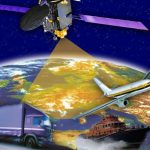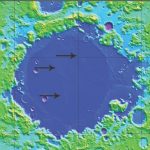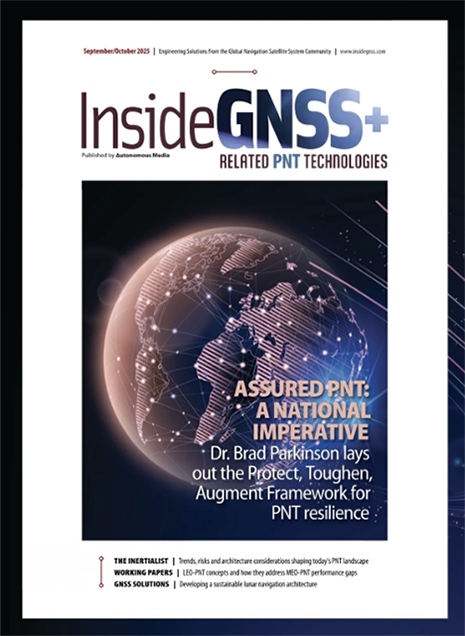The Shielded Zone of the Moon: Protecting Radio Astronomy from RF Interference
Discussions about spectrum allocation, familiar to GNSS designers and manufacturers on Earth, are now taking place regarding the lunar environment. ITU Radio Regulations constitute an international treaty governing all radio frequency activities. This article shows that GNSS operators in this region must transmit signals in the GNSS S-band rather than in GNSS L-bands.














